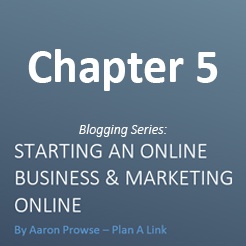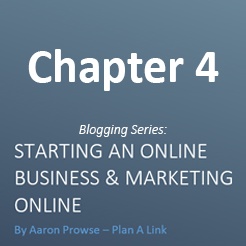Starting a Business Part 4: First Client

Starting An Online Business & Marketing Online: Chapter 4 First Client
In this chapter you will learn how to get your first client, as well as how to learn from that experience to expand your business into areas you may have not even thought of.
Learn from your first client
You will always remember your first client because of the amount of mistakes you will make, but your first client/customer is going to be the one that helps you grow your business and see the other opportunities you are missing. For example our first client was a full website design, but the client kept asking for SEO. We was not qualified enough to provide SEO as a service so we didn’t, but then we took this away and now we know the real thing customers want and that’s a highly converting website that’s in front of the customers when they search for their keyword on google or through social media. The mistakes you make can be so simple that they cause you to lose the customer from repeatable business that’s staring you in the face. So you need to ask yourself a few questions to help your imagination work out how you are going to get the first customer.
Who will your first client be?
So who will your first client be? Will it be a small start-up business or an existing business. How will you benefit them? Why are they going to choose your product versus a competitor? These are questions that will help you gauge your target audience and work out exactly what your customer needs in their life. Your product has to solve a problem for a customer or at very least make their life better for having your product. For example a clothing store doesn’t solve a problem for a customer other than clothing, but what is your product solving for the customer. It could be that your low manufacturing cost but high quality product provides a better product than what is available to the market or that you provide next day delivery and your competitors don’t solve the problem of fast high quality clothing.
Sometimes it’s best to create a persona for your potential client. Think about what they might be interested in, what are their hobbies? So ask yourself where would you find these customers? Do they attend and a local pub for drinks after work? Or what do they like doing? What interests them outside of their work life? Sometimes knowing their age can assist with narrowing this down.
How will this potential customer hear about your product? Will they react best to leaflets or banners? This is very important to know so you are less likely to waste money on methods that do not offer a great return on investment for your target market.
Know your competitors
Knowing how much your competitors charge can help you a lot in pricing your product, but working out exactly how much your customer is willing to pay for your product can really help you. This is an opportunity to do more market research as you can approach your target market with leaflets and questionnaires to find out basic information think of them as a focus group of potential customers.
To do for this chapter
Think about your potential client:How are you going to benefit them?
Who will they be?
Where do they spend their time?
How old will they be?
What interests will they have?
How will they hear about your product?
How much are they willing to spend on your product or service?
Other Chapters Available in this eBook
Starting a Business Part 1: Research & Develop your ideaStarting a Business Part 2: Preparation & Registration
Starting a Business Part 3: Power Team and Mentors




